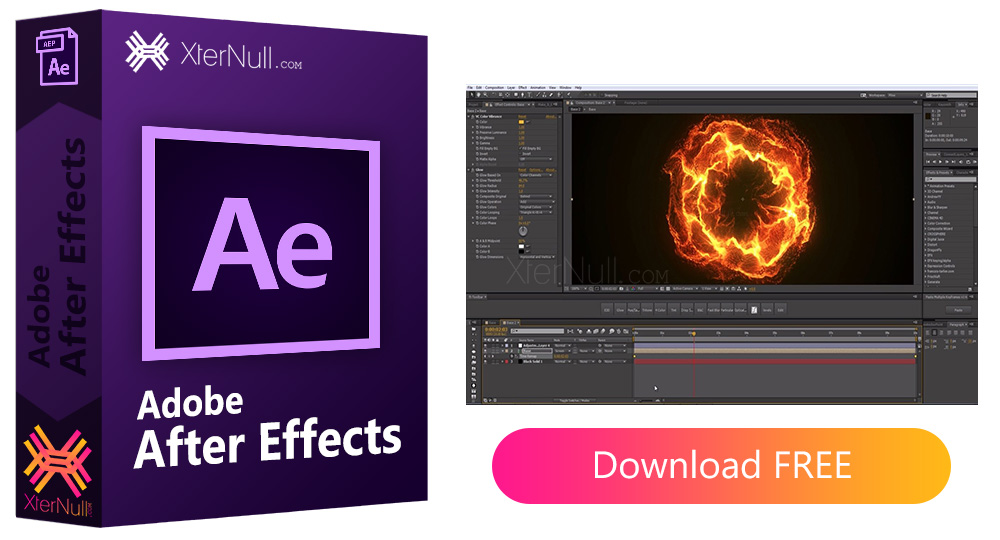
Throughout her time at Digital-Tutors, Laura contributed greatly to both the. Laura began working at Digital-Tutors (now a Pluralsight company) as a motion graphics artist, creating visually-appealing advertisements and informative art for the site. Ever since her first exposure to After Effects in college, Laura has had an eternal drive to learn more about motion graphics, and teach others what she has discovered. Laura is a passionate visual effects and motion graphics author at Pluralsight. Software required: AFter Effects CC 12.2.0.52. If you're serious about becoming a great motion graphics designer, then this training is for you.

Once you understand the inner-workings of the graph editor, you'll be ready to take on fine-tuning even the toughest animations.
#ADOBE AFTER EFFECTS CC 12.2.0.52 HOW TO#
This tutorial will give you firsthand knowledge of how to use the graph editor, as well as a deep understanding of how it works. After that, we'll take a few lessons to smooth out a few different types of animations using the graph editor, with increasing difficulty as the examples progress. We then dive into the difference between temporal and spatial interpolation, and how that concept is intertwined with the Graph Editor functionality.

We'll then begin learning how to edit keyframe values from within the graph, learn the difference between the Speed and Value graphs as well as how they are connected. We'll go through the process of learning the interface and how to navigate the Graph Editor panel. The Graph Editor can be a tricky tool to use in After Effects but it's very powerful and once you understand how it works, it will transform the way you animate. In this series of tutorials, we'll be learning how to master the Graph Editor.


 0 kommentar(er)
0 kommentar(er)
